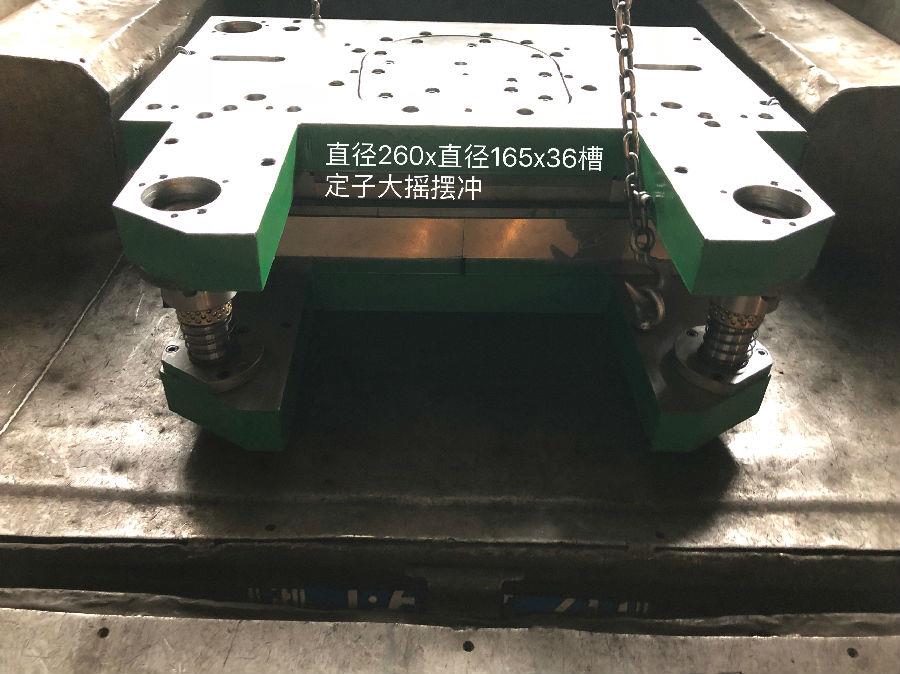The difference between continuous mode (progressive mode) and composite mode
First, the nature is different
1. Compound die: A die structure that completes multiple processes such as blanking and punching in one stroke.
2. Progressive die: It consists of multiple stations, each station is related to complete different processes in sequence, and a series of different stamping processes are completed in one stroke of the punch.
Second, the characteristics are different
1. Compound mold:
(1) The workpiece has good coaxiality, flat surface and high dimensional accuracy.
(2) High production efficiency, not limited by the dimensional accuracy of the shape. Sometimes scrap corners can also be used for copying.
(3) Mold parts are difficult to manufacture and have high costs. Punches and dies are easily restricted by small wall thicknesses, and are not suitable for certain lower parts with small internal hole spacing and small internal hole and edge spacing.
2. Progressive mold:
(1) Progressive die is a multi-tasking continuous blanking die. In a mold, it can include many processes, such as blanking, bending and drawing, with high productivity.
(2) Progressive die operation is safe.
(3) Easy to automate;
(4) High-speed presses can be used for production.
(5) It can reduce the area of stamping machine and site, and reduce the transportation of semi-finished products and the occupation of warehouses.
(6) Parts with high size requirements should not be produced with progressive die.
High-quality technical personnel, advanced processing equipment, rich production experience, unique processing technology and perfect testing methods ensure that the company's mold products have high precision and long service life. Over the years, the company has adhered to the business philosophy of "superior quality, perfect service, and sincere reputation". With good product quality, fast delivery time, moderate mold prices, and perfect after-sales service, we are dedicated to our customers. Provide satisfactory service. We wholeheartedly welcome new and old customers to negotiate supporting businesses and seek common development.

Related Industry Knowledge
- Precautions for the use of stator embossing molds
- Structural composition of blanking die
- Key points of planning for composite molds
- Advantages and disadvantages of compound mold
- Application of fixed rotor fixture
- Classification of high voltage motor punching die
- Application of Rotor Casting Aluminum Mold
- Selection of generator punch die
- What factors determine the quality of the stator mold?
- Design points of compound mold



